Tracking node count
Soybean yield is determined largely by number of seeds per acre. The more seeds the bigger the yield. Seed size and weight also plays a smaller role in final yield. Seed number per acre is largely determined by pods per plant and acre. And yes, seed number per pod has an effect, but like seed weight, it’s a smaller component. In my experience if you track seeds per pod across a plant and field it will range from 2.5 to 3 seeds per pod. Sure, you will find a 1-bean pod at the top, 4-bean pods and sometimes a [...]
Volunteer Corn Impacts Yield
So just how much yield loss comes from volunteer corn? In Roundup Ready®, Xtend® or Liberty® beans, volunteer corn from the previous corn crop can cause yield loss. However, applying a grass herbicide with your post herbicide application is an easy fix. So how much yield loss comes from volunteer corn? Recent reports show us the numbers. University of Nebraska: Volunteer corn density of 3,500 plants/acre led to 10% yield reduction in soybeans. Doubling the density to 7,000 plants/acre led to a 27% yield reduction. A density of 3,500 clumps (dropped ears) of corn/acre resulted in a 40% yield [...]
Harvesting High Moisture Wheat
If you double-crop soybeans after wheat, consider harvesting the wheat at high moisture. If you double-crop soybeans after wheat and want to increase soybean yield, manage the previous wheat crop by planting an ultra-early variety and harvesting high moisture wheat. By adopting the early wheat system, you can harvest wheat sooner, plant soybeans earlier and increase soybean yield, maybe as much as a bushel a day. What defines the early wheat system? Plant wheat earlier in the fall: 3 – 5 days gain on soybean planting Plant an ultra-early wheat variety: 3 to 5 days gain on soybean planting [...]
Remediating Abiotic Stress
Abiotic stress impacts metabolism, growth and yield—it’s that simple. Abiotic stresses are caused by drought, excessive water-logging or flooding, extreme cold or heat, salinity, acid pH and mineral toxicity, such as aluminum and iron at acid pH. Biotic stress is induced by insects, disease pathogens and weed pressure. Physiologists study abiotic stresses and how they impact plant metabolism. University and commercial seed company breeders screen and select breeding lines that have tolerance or resistance to abiotic stresses. For example, today’s soybean varieties are more tolerant of drought, heat and cold temperatures than a decade ago, yet these stresses can [...]
Key to Yield is Keeping Pods
At the end of the day, the yield of soybeans is determined by the number of pods per acre. The greater the number of pods, the higher yield. And soybeans can potentially bear a lot of pods however they will easy abort as much as 60% of flowers or small pods, especially when plants are stressed. Calcium plays several roles in plant structure and metabolism. It is an integral part of cell wall structure, carbohydrate movement and production and retention of flowers and pods. It is taken up by the roots and moves through the xylem with the water [...]
Seeing Iron Deficiency
Iron deficiency is not as common in Illinois as other parts of the Corn Belt, particularly in states like the Dakotas, Nebraska, Western Minnesota and Northwestern Iowa due to the presence of either poorly drained or tight clay soils with high pH, and calcareous soils. Symptoms of iron deficiency are chlorotic leaves, hence the name “Iron Deficiency Chlorosis,” or IDC for short. The primary symptom of iron deficiency is interveinal chlorosis. Symptoms don’t appear on the cotyledon or unifoliate leaves, but do appear on the trifoliate leaves beginning as early as the first trifoliate stage. Iron chlorosis, like most [...]
Adopt an Early Wheat System for Double-Crop Soybeans
If you double-crop soybeans after wheat, and want to your soybean crop to yield respectably, you must manage the previous wheat crop and the following soybean crop. Over a decade ago I interviewed some growers in southern Illinois who double-cropped soybeans mostly after wheat. One of the things I determined was that the growers focused primarily on growing wheat and maximizing its yield and soybeans were left to fend for themselves. The approach to double-crop soybeans is changing, though, as agronomists and growers realize that these soybeans can yield well with a focus on management, much like for full [...]
Does Technology Pay?
At the January 2018 Soybean Summit in Springfield, Ill., growers submitted these questions with their evaluation forms. What are the practices with the most ROI? Can you tell me about the success rate vs. cost of treatment? What’s the economic return on different practices? Does it pay? Growers that see responses to fungicide/insecticide performance vs. growers that don’t. I realize these questions are basically one and the same: “What technologies work and provide a return on investment?” That is a big question. How do we know if the technology works, provides a yield increase and at the same time [...]
Coming Soon: Double-Cropping Blog Series
A series of articles focused on managing the double-crop rotation are coming this season. In southern Illinois, along I-64 and I-70, double-cropping soybeans after wheat is a common rotation, as the combination of the two crops harvested in one year often produces more net revenue than corn, soybeans or wheat alone. A successful double-crop rotation with both crops producing high yields requires above average management. And for soybeans, growers need to invest in their crop, not just plant the cheapest soybean seed they can buy and then keep weeds at bay. Management does pay. The Illinois Soybean Association has [...]
Join the Race: Enter the Yield Challenge
Interested in entering a soybean contest? Reach out to professionals and sponsors to test an idea. Interested in breaking your own soybean yield record, breaking the 100-bushel ceiling or just seeing if a new package of technologies improves your soybean yield over your current soybean practices? Well, the 2018 Illinois Soybean Association (ISA) has a challenge that meets your interests. ISA has been sponsoring the Yield Challenge since 2010. Over the last eight years farmers in Illinois have broken 100 bushels multiple times and many growers set personal bests at 80 and 90 bushels per acre. And in the [...]

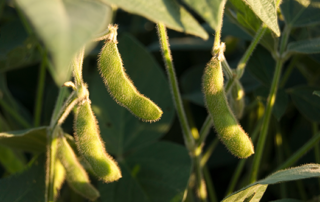
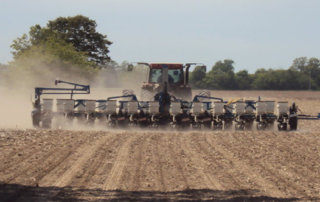
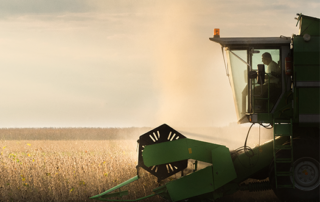
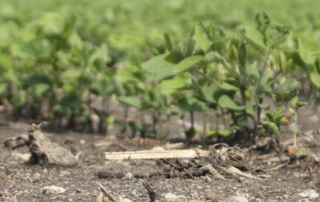
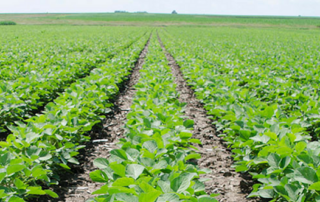
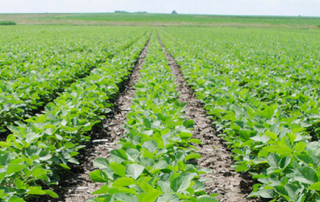
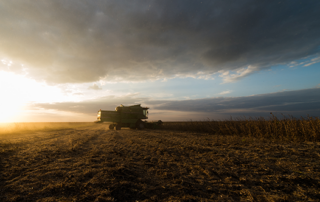
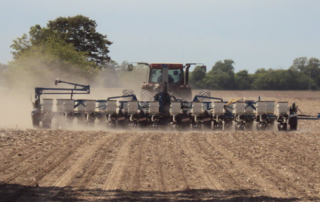
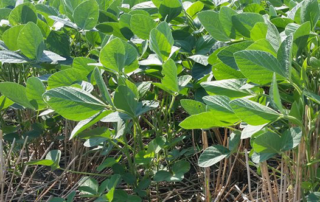
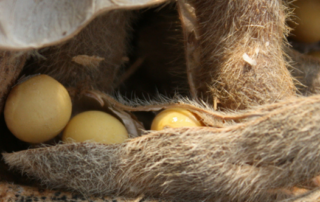

 and then
and then